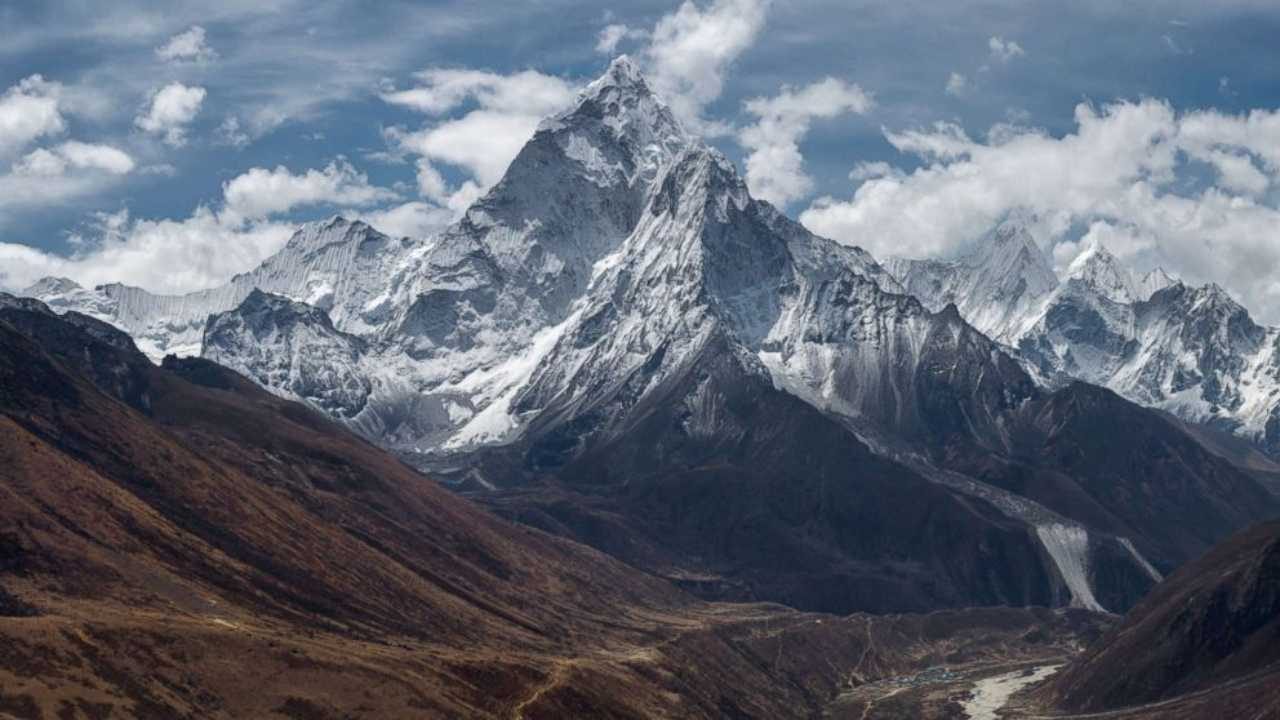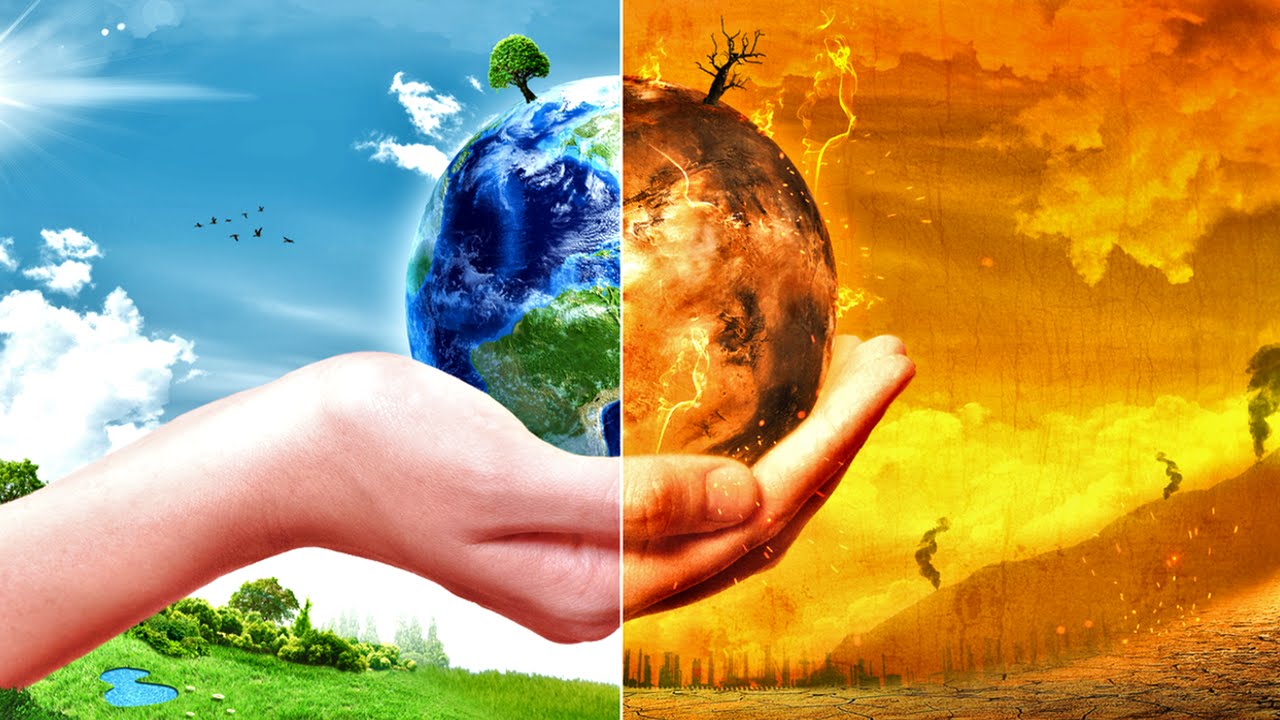Grasses and shrubs have been found growing in increased numbers around Mount Everest and across the Himalayas as ice in the area continues to melt.
According to the study, published in the journal Global Change Biology, researchers used data from 1993 to 2018 from NASA’s Landsat satellites and measured small but significant increases in subnival vegetation cover across four height brackets from 4,150-6,000 metres above sea level.
“These large-scale studies using decades of satellite data are computationally intensive because the file sizes are huge. We can now do this relatively easily on the cloud by using Google Earth Engine, a new and powerful tool freely available to anyone, anywhere,” said study researcher Dominic Fawcett, who coded the image processing.
The Hindu Kush Himalayan region extends across all or part of eight countries, from Afghanistan in the west to Myanmar in the east. More than 1.4 billion people depend on water from catchments emanating here.
According to the study, results varied at different heights and locations, with the strongest trend in increased vegetation cover in the bracket 5,000-5,500m.
Around Mount Everest, the team found a significant increase in vegetation in all four height brackets. Conditions at the top of this height range have generally been considered to be close to the limit of where plants can grow.
Though the study doesn’t examine the causes of the change, the findings are consistent with modelling that shows a decline in “temperature-limited areas” (where temperatures are too low for plants to grow) across the Himalayan region due to global warming.
Other research has suggested Himalayan ecosystems are highly vulnerable to climate-induced vegetation shifts.


















